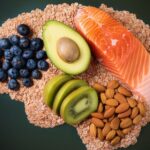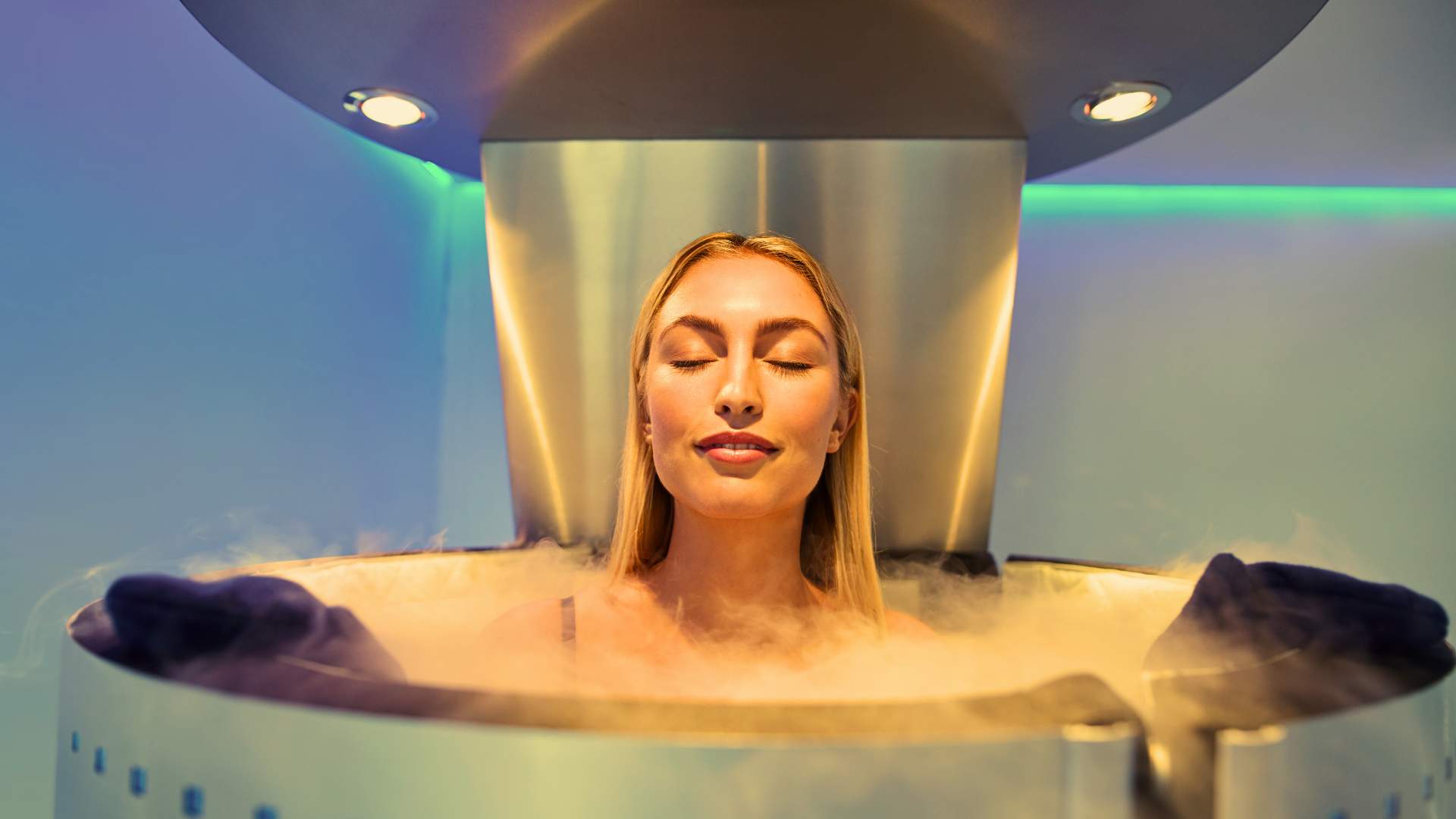The Science of Cold: A Beginner’s Guide to Cryotherapy
From elite athletes to wellness seekers, people are increasingly turning to the invigorating power of extreme cold. Whole Body Cryotherapy (WBC), a therapy that involves spending a few minutes in a chamber cooled to sub-zero temperatures, has emerged as a powerful tool for accelerating recovery, reducing inflammation, and boosting mental clarity.
But how does this brief exposure to intense cold trigger such profound benefits? Is it safe? And how does it compare to a traditional ice bath?
This guide will break down the science of cryotherapy, explore its mechanisms and applications, weigh the pros and cons, and provide you with credible resources to continue your learning journey.
What Is Cryotherapy and How Does It Work?
Cryotherapy literally means “cold therapy.” In the context of wellness, it refers to Whole Body Cryotherapy, where the body is exposed to air cooled by liquid nitrogen to temperatures between -110°C and -140°C (-166°F to -220°F) for a very short duration (typically 2-3 minutes).
The Analogy: A Controlled System Shock
Imagine your body is a highly advanced computer system running multiple programs at once. Suddenly, you initiate a controlled, system-wide reboot.
- The “Shock”: The extreme cold triggers skin receptors to send an urgent signal to your brain: “Emergency! Hypothermia risk!” This is a benign, controlled stressor (a concept known as hormesis).
- The Response: Your brain initiates a powerful survival response. It rapidly pulls blood away from your extremities and toward your core to protect your vital organs. During this process, the blood becomes enriched with oxygen, nutrients, and anti-inflammatory proteins.
- The “Reboot”: When you step out of the chamber, this newly enriched blood rushes back out to your limbs and peripheral tissues, flushing out inflammation, delivering oxygen, and triggering a cascade of healing and metabolic benefits.
This process is driven by a massive release of the neurotransmitter norepinephrine, which dramatically enhances mood, focus, and alertness while reducing inflammation.
Cryotherapy vs. Other Cold Therapies: A Comparison Table
While all cold therapies leverage low temperatures, their mechanisms and applications differ significantly.
| Therapy Type | Mechanism & Temperature | Typical Duration | Primary Benefits |
|---|---|---|---|
| Whole Body Cryotherapy (WBC) | Dry, hyper-cooled air (-110°C to -140°C) triggers a systemic nervous system response. | 2-3 minutes | Systemic inflammation reduction, massive norepinephrine release (mood/focus), fast recovery. |
| Cold Plunge / Ice Bath | Direct water immersion (4°C to 15°C) cools muscle tissue deeply over time. | 3-15 minutes | Deep muscle recovery, building mental resilience, activating brown fat (metabolism). |
| Localized Cryotherapy | Targeted application of cold air to a specific joint or muscle. | 5-10 minutes | Acute pain relief, reducing swelling and inflammation in a specific area (e.g., a sprained ankle). |
The Pros and Cons of Cryotherapy
Cryotherapy offers powerful benefits, but it’s crucial to understand the full picture before stepping into the chamber.
Potential Benefits (Pros)
- Rapid & Systemic Anti-Inflammatory Effects: Cryotherapy is one of the most effective ways to lower whole-body inflammation quickly.
- Significant Mood & Energy Boost: The huge release of norepinephrine provides an immediate and noticeable improvement in mood, focus, and energy that can last for hours.
- Fast Recovery Time: The short session duration makes it a highly efficient recovery tool for busy athletes and professionals.
- Pain Management: The intense cold has an analgesic (pain-relieving) effect and can provide significant relief for chronic pain conditions like arthritis.
Risks & Considerations (Cons)
- Safety Protocols are Non-Negotiable: Cryotherapy is extremely safe when done correctly, but requires a reputable facility with trained operators. Skin must be completely dry, and extremities (hands, feet, ears) must be protected to prevent frostbite.
- Contraindications: It is not safe for everyone. Individuals with severe hypertension, heart conditions, circulatory issues like Raynaud’s syndrome, or who are pregnant should not use cryotherapy.
- Cost & Accessibility: Cryotherapy requires specialized equipment, so it can be expensive and is only available at dedicated wellness centers.
- Less Research on Long-Term Effects: While short-term benefits are well-documented, more research is needed on the long-term metabolic and health effects of frequent use.
Case Studies: Cryotherapy in Action
These are illustrative examples based on common clinical applications.
- Case Study 1: The Over-Trained Athlete. A marathon runner is deep in her training block and struggling with systemic inflammation and muscle soreness. She incorporates 3-minute cryotherapy sessions twice a week. She reports a dramatic reduction in leg soreness, allowing her to maintain high-mileage weeks with less fatigue and a lower risk of injury.
- Case Study 2: The Individual with Autoimmune Pain. A 48-year-old man with rheumatoid arthritis uses cryotherapy to manage his chronic joint pain and inflammation. He finds that regular sessions significantly reduce his morning stiffness and reliance on pain medication, improving his overall quality of life.
- Case Study 3: The Entrepreneur Seeking a Mental Edge. A startup founder uses cryotherapy not for physical recovery, but for the mental benefits. On high-stakes days, a morning session provides a powerful boost in focus, clarity, and stress resilience that he finds more effective than multiple cups of coffee.
External Resources for Deeper Learning
To ensure you are getting credible, science-backed information, explore these reputable sources.
Recommended Scientific Reading
- PubMed: The National Library of Medicine is the best source for peer-reviewed research.
Recommended Podcasts & Video
Dr. Andrew Huberman – Huberman Lab Podcast:
The Science of Using Deliberate Cold Exposure for Health – A foundational guide to how cold impacts the brain and body.
Dr. Rhonda Patrick – FoundMyFitness:
Dr. Patrick frequently discusses the science of cold exposure and its effects on longevity, metabolism, and brain health.
Internal Resources
Cryotherapy: A Powerful Tool for Resilience
Cryotherapy is more than just a fleeting trend; it’s a powerful application of hormesis that leverages the body’s innate survival mechanisms to promote healing, enhance mood, and build resilience. While it’s not a magic bullet, when used correctly and safely under professional guidance, it can be a highly effective tool in your wellness arsenal.
As with any therapy, understanding the science is the first step. By knowing how it works and respecting the safety protocols, you can make an informed decision about whether embracing the cold is the right path for you.


